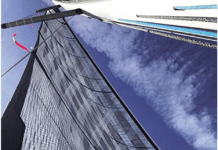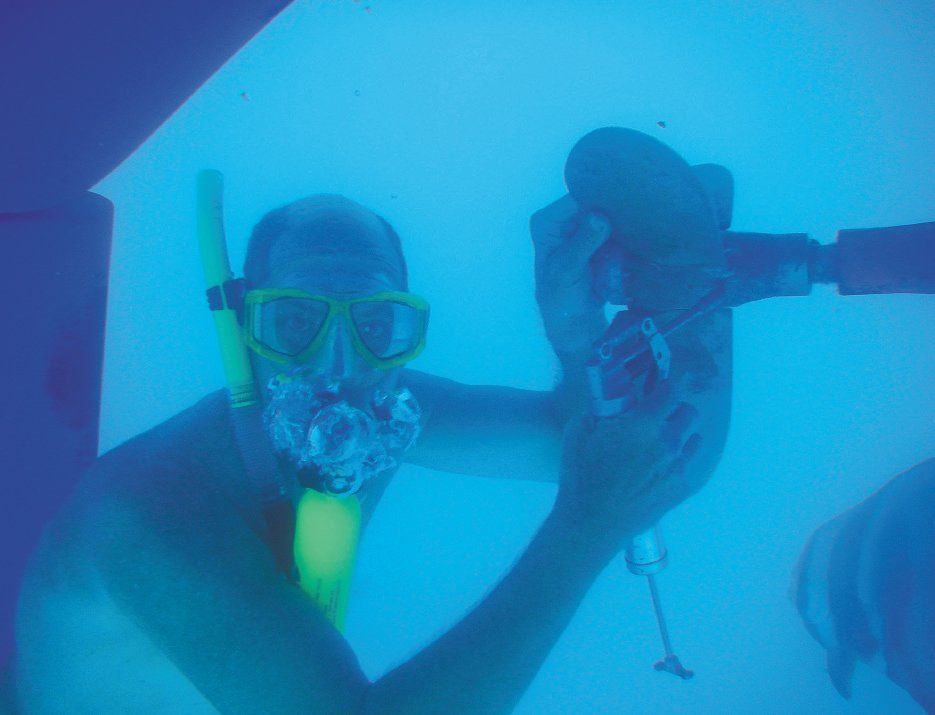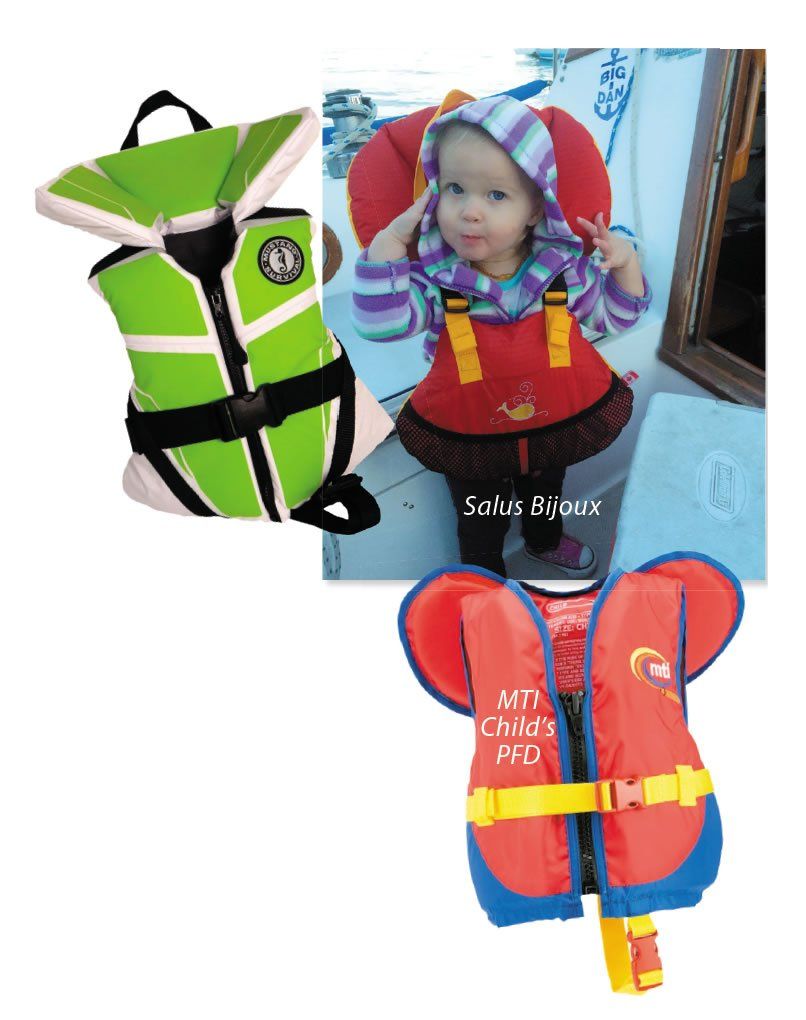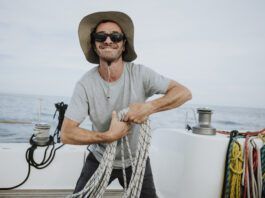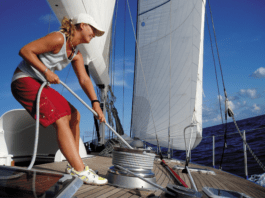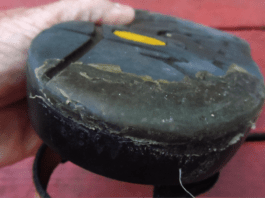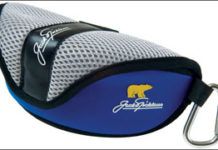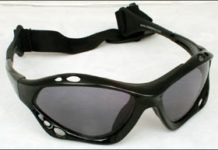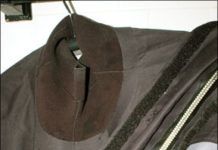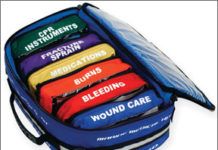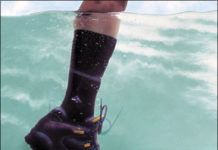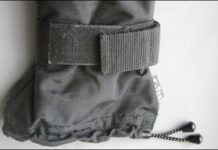Crossing Over
When it comes to gear for the outdoor enthusiast, there are a lot of crossover products. Hikers, bikers, boaters, backpackers, and climbers share a need for lightweight, durable, and practical equipment. So as Practical Sailor editors geared up for our summer adventures, we looked for products that could serve double-duty on the boat and on the trail.
Mailport: 08/09
As a new boat owner, I have no end of questions, but here’s a quickie: I have recently had my boat hauled and sanded to the gelcoat, and repainted with all the right stuff. (The bottom was coated with Interlux CA Bottomkote.) Now, how often should I have a diver clean the underside, bearing in mind I live in San Diego? The service providers have a vested interest in selling frequent cleans—one company running a special at the moment wants me to sign a contract for a bottom clean every three weeks, but that sounds way too often to me. I realize it may well vary with geography and ambient temperature, but there should be some kind of general rule of thumb, perhaps?
Practical Sailor Tests Polarized Sunglasses
Practical Sailor ran field tests and lab tests on dozens of polarized sunglasses ranging from cheap to high-end products, including those popular for watersports eyewear. Field tests included wearing the products for eyeball navigation in shoal waters and assessing glare, color brightness, sharpness, fit, peripheral vision, and any interference with reading LCD screens or charts. Sunglasses that did well in field tests, and a few that did poorly, were sent to Pacific University College of Optometry, where they were tested in the lab for lens warpage, prismatic effect, tint, and resolution. The test field included polarized glasses from Bolle, Costa Del Mar, Gill, Harken, Hobie, Kaenon, Maui Jim, Oakley, and Nike.
Mailport: 04/09
I read with interest your evaluation of first aid kits, which wrapped up with the final installment in the December 2008 issue. Id like to add a couple of points: Weekend, cruising, and bluewater sailors should invest in a good up-to-date first aid and CPR course. It is as important as a functional bilge pump. The responsible sailor can outfit a substantial and superior first-aid kit for much less money than a commercially available kit. The kit should be appropriate for the expected duration a victim will need treatment prior to evacuation. Most commercial kits contain a lot of fluff and are unnecessarily redundant-a lot of Band-Aids. I stress to distance sailors stocking a few prescription items and aggressive treatment for seasickness, beyond Bonine. I favor a solid medical text such as "A Comprehensive Guide to Marine Medicine," by Dr. Erick Weiss and Dr. Michael Jacobs, or "Medicine for Mountaineering and other Wilderness Activities," by James Wilkerson. The latter is available from Mountaineer Books. Both texts give guidance on stocking kits appropriate for your boat. Remember, the victim may be the captain or medical officer, and a novice may be the one rendering treatment. A medical guide is an invaluable resource.
Drysuits and Wetsuits for Sailors
Spring arrives in the minds of many sailors as soon as the ice has been carried out to sea. Its often the time when the breeze is consistent and only the temperature stands in the way of great sailing. Hypothermia is a concern, but the latest wetsuits, semi-drysuits, and full drysuits can add both comfort and safety to an early start. The new drysuit technology is a quantum leap forward in both comfort and thermal efficiency. Unlike a wetsuit, which traps and warms a thin layer of water next to the skin, the drysuit keeps all water out. The drysuit is not a survival suit. (See story, facing page.) It allows more freedom of movement. Its made of multiple thin layers, and in some cases, a breathable fabric. The drysuit allows the user to dress like a mountaineer, with wicking undergarments (Practical Sailor, January 2006) close to the skin, followed by layers of fleece, hollow fill, or other high-tech insulating layers. Hands are uncovered, but a wide range of glove options are available (see Practical Sailor, September and November 2008), allowing a sailor to keep warm and still maintain dexterity. Many drysuits incorporate sealed booties that accommodate sock-covered feet. Deck boots or other footwear can be worn over the sealed socks, insuring that the toes stay toasty warm. The semi-dry option is a high-tech wetsuit with some drysuit features. Neck and zipper seals and a unique top entry keep the chest and upper arm area of the neoprene suit dry. Legs and lower arms are warmed in wetsuit fashion by trapping a layer of water between the skin and the neoprene. Thicker material and high-tech insulation like Neil Prydes Zirconium yarn liner add warmth, and the combined effect delivers a suit thats both warm and flexible to wear. Wetsuits and semi-drysuits are often designated with numerals separated by a back slash. The first refers to the millimeter thickness of the torso portion of the suit and the second designation is the material thickness covering the extremities.
New Semidry Suit is a Good Fit for Water-sports Fanatics
Cruising sailors often need a wetsuit to clean the bottom of their boat or clear a fouled line from the prop-not to mention the added fun of snorkeling the clear, cool waters of the west coast or granite ledges of Maine. Neil Prydes new Elite II semidry suit answers these needs and then some. Better known to many of us as a sailmaker, Neil Pryde is also one of the largest wetsuit makers in the world, catering to windsurfers, kite boarders, and other water-sports enthusiasts. The companys latest offering, the Elite II is a unique product that combines a drysuit-style top with a regular wetsuit bottom. The tops "roll-neck" seal keeps the wearers torso completely dry, as a heat-locking liner improves heat retention.
Practical Sailor Names 13 Products Best Gear of the Year
Practical Sailor’s annual wrap-up of the year’s best sailing equipment looks at our favorite top-rated products from November 2007 to November 2008, including the Facnor furler for light-air sails, Scad Solo external holding-tank sensor, Pelican Recoil LED flashlight, and Adventure Medical’s first-aid kit for coastal cruisers. In the boat maintenance category, Interlux’s Micron 66 bottom paint and Spray Nine’s waterline stain remover garnered Editors’ Choice picks. Foulie sets (jacket and bibs) by Gill and Helly Hansen were tapped as Practical Sailor Editor’s Choice in apparel, and a host of marine electronics made the list, including the Icom CommandMic III remote mic and Garmin GPSMap 545s 5-inch chartplotter sounder. Jeppesen was recognized for its top-notch electronic chart updating services. Other top gear picks were the Acco proof coil mooring chain and the Achilles HB315-LX fixed-transom inflatable dinghy.
Foulie Gear for Your Feet: Socks from SealSkinz
In our continuing effort to stay warm and dry this winter, testers took a look at a few pairs of waterproof socks from SealSkinz, the maker of cold-weather gloves recommended in the November 2008 issue. Protecting feet from the elements typically involves trudging on deck in a pair of clunky, heavy boots. Waterproof socks, however, mean you can stick to your favorite deck shoes-or sandals for that matter-and still have your feet warm and dry. Testers tried out two styles of SealSkinz waterproof socks (all-season and over-the-calf lengths) as well as the companys WaterBlocker sock. The SealSkinz socks have three layers: A nylon/Lycra spandex outer layer offers durability and flexibility, while the inner layer is knit from a wicking material, and the mid-layer is a Moisture Vapor Transportation membrane designed to keep water out. The WaterBlockers have the same weight, construction, and materials as the other socks, but they have the added benefit of an in-cuff seal intended to keep water out.
Cold-weather Gloves Face Freezing Rain, Hail, and Snow during Practical Sailor Test
Cold-weather sailing apparel needs to be more waterproof, more windproof, and much warmer than gear for most other cold-weather activities. To find the best glove for cold-weather sailing, two Practical Sailor testers took 14 pairs with them on a three-season cruise of the Chilean channels. The cold-weather sailing gloves fell into four distinct categories: mid-weight, water-resistant gloves; heavyweight, neoprene gloves; insulated gloves; and layered gloves comprising an outer waterproof shell and an inner glove liner. The test gloves included the Gill Extreme, Gill Dura-shark Winter, Gill Three Seasons, Gill Helmsman, the Henri Lloyd Offshore Racer, Henri Lloyd Stealth Winter, Musto Frostbite, SealSkinz gloves, Stearns Arctic Water, Gul Anatomic Cut Helmsman, Zero Featherlite by Fairfield Line, L.L.Bean Vortex, Lined Nitrile (heavy-duty rubber gloves), and Montanna Hyvent by The North Face.
The Merits of Madness
It always seems that a storm rolls into Annapolis, Md., just in time for the United States Sailboat Show. Held in October, the annual exhibition is the nations biggest sailboat-only show. Until this year, my favorite show was in 2006, when a 40-knot gale whipped into town, and the floating docks rolled like a Nantucket whaler with her decks awash. With the wind and spray lashing the show tents, boat buyers defiantly carried on, one hand groping for a lifeline, the other grasping the checkbook. This years storm was of a different sort. Theres something eerily soothing about a large crowd of people ogling new boats while the world markets go into a death spiral. During the shows opening day, five televisions in the waterfront bar Pussers Landing tracked the Dows precipitous plunge. In one fell swoop, my boys college fund and any hope of retiring before Im deaf as a post were carried off in an avalanche of debt. To my surprise, the people around me seemed preoccupied with only boats.













